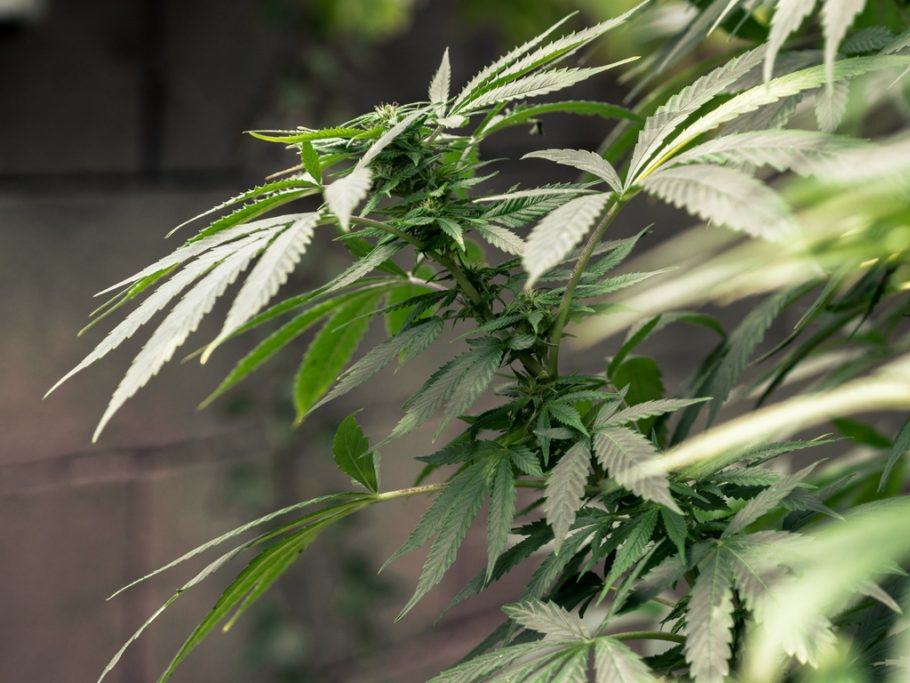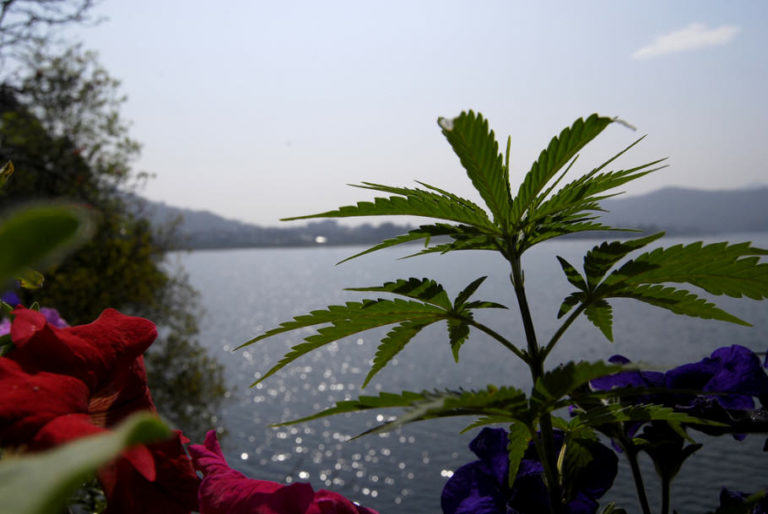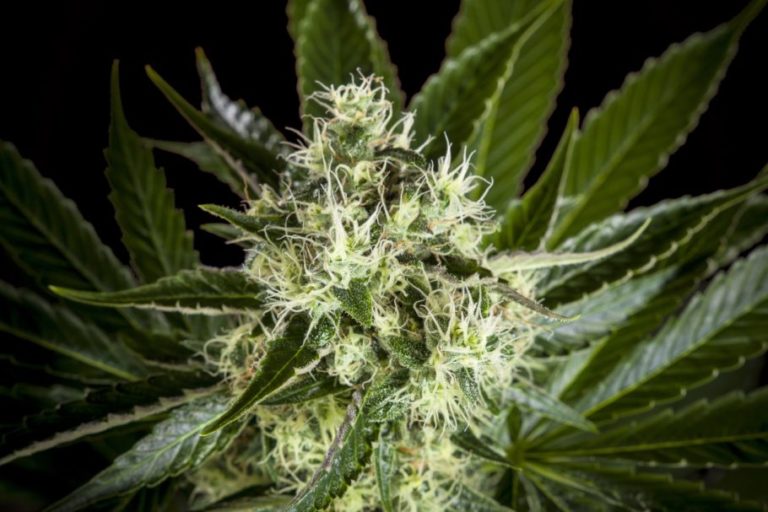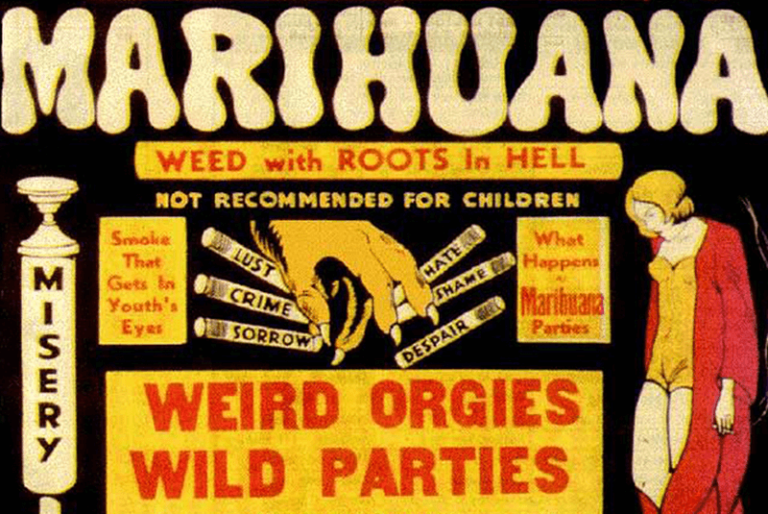The genetic origin of cannabis
List of contents
A study by researchers at the University of Lausanne (Switzerland), which was published in the Science Advances journal in 2021, analyses the cannabis genome in an attempt to uncover the history of the domestication of the plant for cultivation purposes.
Cannabis sativa L. is one of the first domesticated plants and one of the most controversial, with genetics that have fluctuated over the centuries with the social, economic, and cultural development of different human societies.
Even though it was originally a great source of food, textiles, and hemp seed oil, this type of crop experienced a steep decline in the 20th century in favour of the expansion of recreational marihuana.
Marijuana is considered to be a plant that contains more than 0.3% THC by dry weight, and is referred to as the ‘Drug-type’ in the aforementioned study.
Some studies have also found indications of marijuana use in ceremonial rituals in West China from more than 2,500 years ago. In contrast, the applications of hemp throughout history have been very diverse:
- Paper manufacturing.
- Insecticides.
- Animal repellents.
- Veterinary medicinal products.
- Manufacturing of soaps and shampoos.
- Fuel.
- Ceremonial incense.
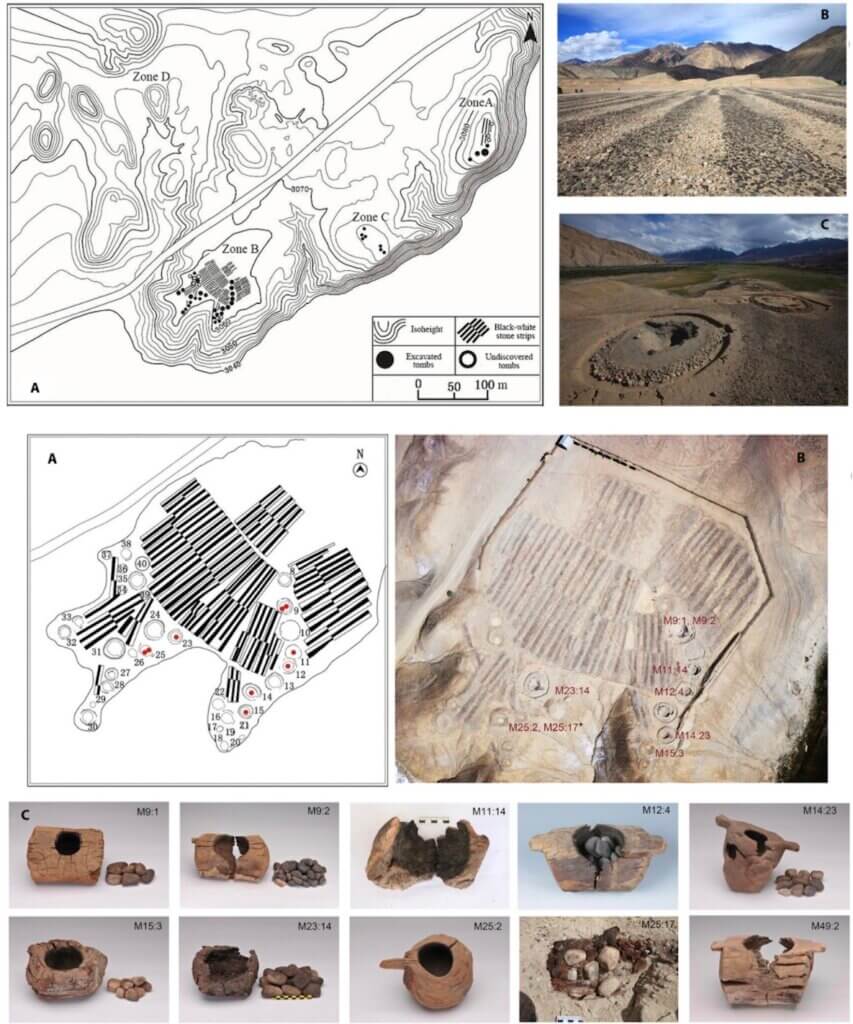
The cannabis genome
An organism’s genome is a set of genetic instructions that conforms to a DNA base. The term can also be used to refer to the genome of a whole species, as in the case of cannabis sativa L., the species to which the genuses marijuana and hemp belong.
Hemp and Marijuana - what's the difference?
Are hemp and marijuana the same? Where do these plants come from and what are their main differences? In this article, we answer these questions and go deeper into their origins, uses and cultivation methods.
As in the case of humans, the cannabis plant is made up of 10 pairs of chromosomes, and is characterised by a chromosomal sex-determining system (XY for male, XX for female).
Getting an insight into this genome and its different groupings is key for the study of the origins of the plant and to determine the regions of the planet that it originates from.
Four cannabis groups according to their genome
In order to discover the history of cannabis cultivation for production and consumption purposes (domestication), the study brought together 110 different cannabis strains from countries all around the world, including Switzerland, China, India, Pakistan, and Peru.
These strains include wild cannabis (i.e. domesticated plants that have returned to nature and adopted wild features); native breeds; historical cultivars; and modern hemp and
cannabis hybrids.
With all of these resources, the researchers managed to sequence 82 new genomes and combine them with 28 genomes that were already available in open databases. As a result of this comparison, the study managed to group cannabis into four distinct genetic groups according to their genetic similarities:
- Hemp.
- Wild marijuana.
- Marijuana.
- Basal cannabis: this group is sister to all the others.
As expected, two distinct groups were found: hemp and marijuana. But one of the major contributions of this research has been the discovery of the basal cannabis group. This is the group that hemp and marijuana separated from, and the one that bears a closer resemblance to the wild ancestors of cannabis.
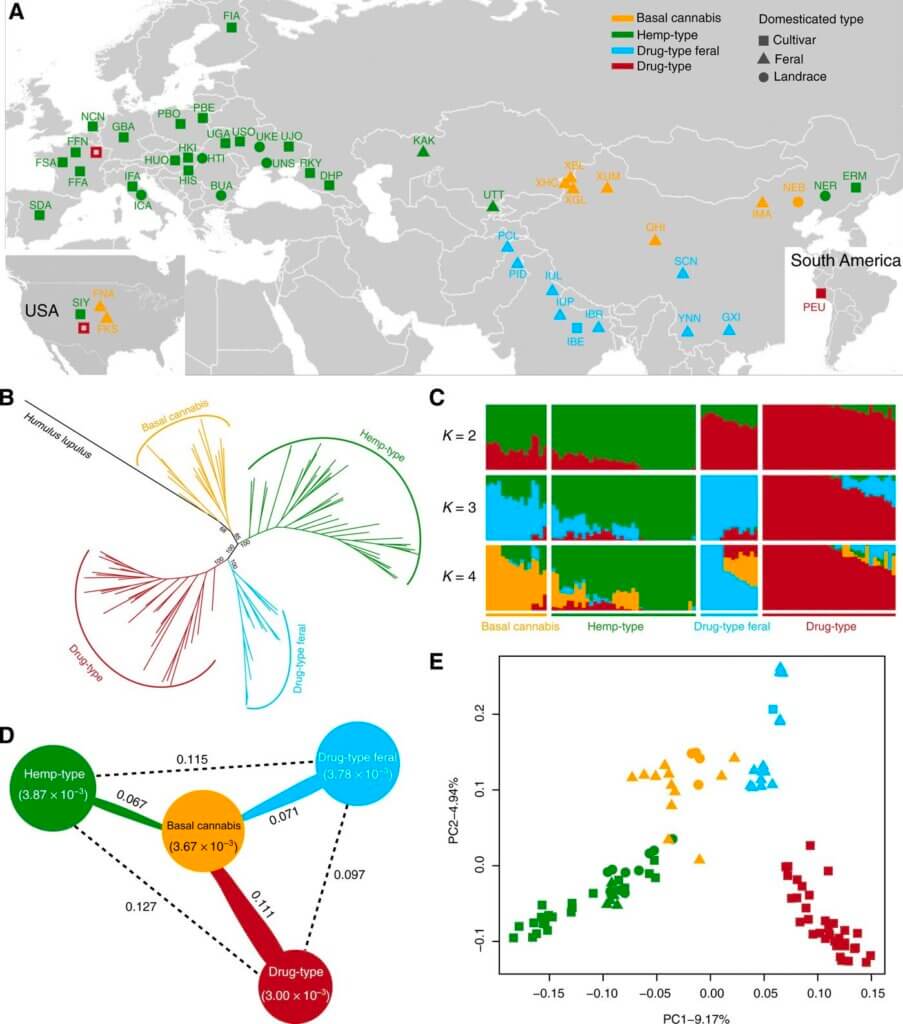
Origins and evolution of cannabis
Contrary to what was believed up until now, which placed the first cannabis crops in Central Asia, the results of the study situate East Asia as the first area where cannabis domestication took place. This is a region with a long history of domestication of other relevant crop species, such as rice, millet, and soya beans.
The results of the study also indicate that some of the wild and native plants of China represent the closest descendants to the modern hemp and marijuana strains. This means that it was in this country that the two groups evolved away from basal cannabis.
However, although basal cannabis is the closest group to the plant’s ancestral variety, it is a cultivated strain that became wild in nature and has followed its own evolutionary path. For this reason, and given the considerable number of genomes analysed in the study, the results indicate that cannabis sativa L.’s purely wild parents have most likely become extinct.
The expansion of cannabis around the world
The study suggests that the first domesticated ancestors of hemp and marijuana diverged from basal cannabis around 12,000 years ago, and also indicates that this species started to be cultivated in the early Neolithic period.
The expansion of cannabis around the world didn’t occur until a few centuries later, and developed in the following chronological order:
- East Asia: this is the region that cannabis originates from. Cannabis is believed to have been first domesticated 12,000 years ago, which coincides with the dating of cord-impressed pottery from South China and Taiwan, as well as with the dating of remains of hemp artifacts and constructions from China and Japan from 7,500 years ago. Only a small amount of the first domesticated strains expanded towards these regions, which led to the appearance of hemp and marijuana around 4,000 years ago.
- Western Europe and Middle East: the first hemp varieties arrived here about 4,000 years ago.
- West Asia: archaeological remains of cannabis used in rituals, dating back 2,500 years, have been found in this region.
- India: The first archeobotanical record of cannabis dates back 3,000 years, and was probably introduced from China together with other crops. In contrast with East Asia, historic Indian texts from 2,000 years ago indicate that these species were cultivated exclusively for their psychoactive effects.
- Africa: Over the next few centuries, marijuana travelled to several regions of the world, reaching the African continent in the 13th century.
- America: Marijuana reached Latin America in the 16th century, and finally entered North America at the beginning of the 20th century. A little later (in 1970) this region also received crops from the Indian subcontinent. Hemp crops were taken to the New World by the first European settlers during the 17th century, and were later replaced in North America by native hemp from China (mid 1800s).
According to this chronology, the study shows a clear increase of hemp and marijuana production all over the world at the expense of the multi-purpose crop (basal cannabis) which had originated in East Asia. The new crops underwent divergent selection to improve their final function: the production of fibre or psychoactive drugs.
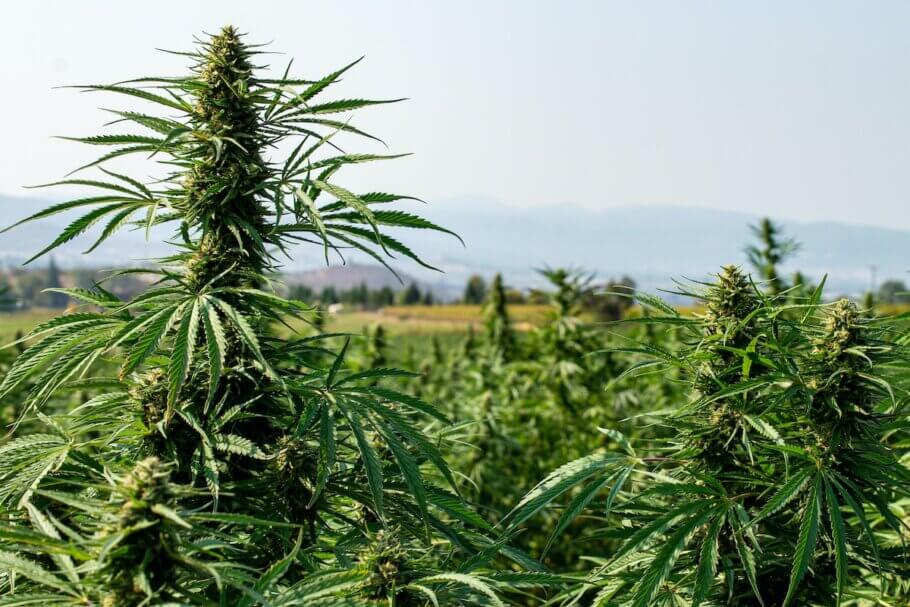
Genetic selection of cannabis
The selection of hemp and marijuana characteristics for differentiation purposes is reflected in their DNA. The study has been able to identify the main genes involved by comparing their genomes.
The genomes of both groups were compared against each other, and both were also compared with the basal cannabis genome. This way they were able to identify those genes that were different, which led to the creation of the unique features of each group:
Hemp: 134 genes specific to hemp were found. These appeared in neither the origin group nor the marijuana group. Many show indications of the positive selection carried out to create an improved hemp strain:
- Genes D14 and KNAT1: involved in the inhibition of branch formation.
- Genes FLK and EHD3: associated with flowering time and photoperiodism.
- Genes SS and SPS1: involved in cellulose and lignin biosynthesis.
Marijuana: Out of 472 genes specific to marijuana, these are the ones suspected to have been selected for yield improvement:
- Genes NDL2 and DTX48: contrary to what happened with hemp, these genes were positively selected for their capacity to promote branch formation.
- Genes HUA2 and FPF1: associated with flowering time.
- Genes CSE and C4H: involved in lignin biosynthesis.
- Gene HDR: involved in cannabinoid biosynthesis and believed to be associated with the total cannabinoid production of the plant.
These results match the expected characteristics for both varieties. Hemp produces high plants with little branching, with stems rich in cellulose and low in lignin. These features are the opposite of those of marijuana, whose plants are usually smaller, develop more branches, and have a lignin-rich woody core, all of which help maximise flower and resin production.
Besides shedding light on the history of cannabis domestication and its cultivation around the world, these results offer an unprecedented genomic source that may open the door to the molecular improvement of cannabis and to its functional research in both medicine and agriculture.

The gaps in history
Although now we know more about the history of cannabis, the study has left certain questions unanswered regarding the origins of this ancient relationship between humans and cannabis cultivation.
For instance, only samples from live plants were included in the study, which means that many preserved herbalist samples, which could have provided an interesting source of older and rarer strains, were not given consideration. Besides, countries like Russia and Afghanistan, from which certain ancient varieties are suspected to originate, were left out of the study.
Until recently, genetic studies on the origin of domesticated cannabis were few and far between. The legal sanctions associated with the possession and use of cannabis acted as a deterrent for science.
The search for the origins of cannabis continues
In order to keep uncovering the origins of cannabis and its various uses throughout history, the Botanical Institute of Barcelona (IBB) and the Spanish National Research Council (CSIC) have started a joint venture under the direction of CSIC’s Chief Scientist Teresa Garnatje, with the title Origen, Variabilidad Morfológica, Genética y Química, y Usos Tradicionales del Cannabis: Bases para Nuevas Aplicaciones (Origin, Morphological Variability, Genetics and Chemistry, and Traditional Uses of Cannabis: Bases for New Applications).
Traditional uses of cannabis around the world
The first part of the study is about to be published. It is based on Ethnobotany, the interdisciplinary science that studies the use of plant resources by humans. This project intends to bring together the past and present of the traditional uses of cannabis around the world, and adapt them to open up new future research lines.
For instance, if cannabis infusions were used in Nepal as a remedy for gastroenteritis, certain research lines could be followed regarding this. The same could happen with hemp as a source of textiles, food, building materials, etc.
The IBB-CSIC team has also created an online database that will include all this knowledge with the aim of becoming an open resource for society.
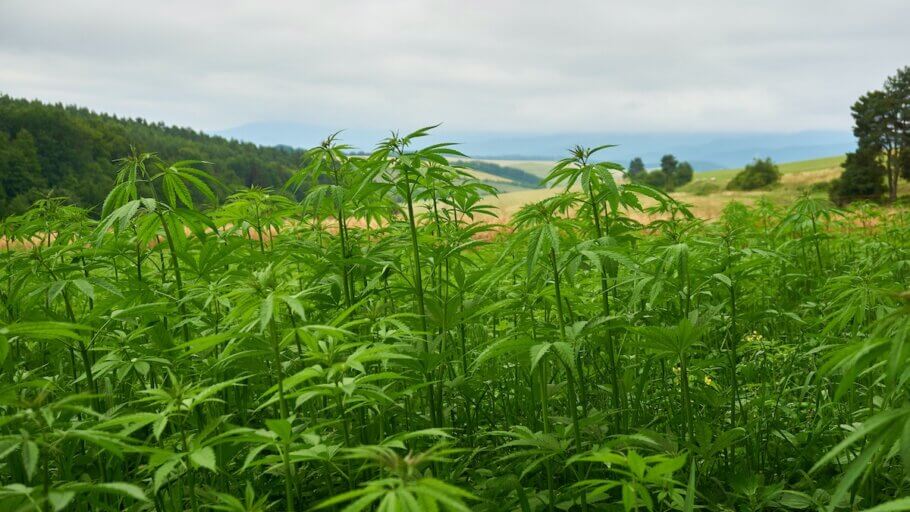
Variability of cannabis in the world
Furthermore, the study also aims to investigate the morphological, chemical, and genetic differences of the various species, which may shed light on their origins.
One of the objectives is to determine whether the cannabis plant is wild or subspontaneous, i.e. whether it could have come from a nearby crop and then become wild. The following objective of the study is to determine which effects the different strains have on in vitro cancer trials.
Place of origin of wild cannabis
Unlike the 2021 study by the University of Lausanne, this project doesn’t aim to learn the place of origin of domesticated cannabis. The IBB-CSIC study is taking a very broad sampling of areas that have wild and semi-wild plants in an attempt to find a likely point of origin of the wild, uncultivated cannabis plant.
The project has one of the few cannabis research licenses in Spain. However, due to the international nature of the research, with many locations around the world, the research group points out the lack of regulation in many countries and the difficulties that this generates. It seems that many authorities don’t have an established protocol for the cultivation or transportation of cannabis for research purposes, which has caused a great deal of problems for the investigation.
Despite all the obstacles met by cannabis researchers, there is an increasing number of studies looking to unravel the origins of the plant and to shed light on its genetics, which in turn is opening the door to multiple applications. We will have to wait to learn more about this latest study, but everything seems to indicate that its results will continue to surprise us.
----
References:
Large-scale whole-genome resequencing unravels the domestication history of Cannabis sativa. Guangpeng Ren, Xu Zhang, Ying Li, Kate Ridout, Martha L Serrano-Serrano, Yongzhi Yang.
The origins of cannabis smoking: Chemical residue evidence from the first millennium BCE in the Pamirs. Meng Ren, Zihua Tang, Xinhua Wu, Robert Spengler, Hongen Jiang, Yimin Yang, Nicole Boivin

















































